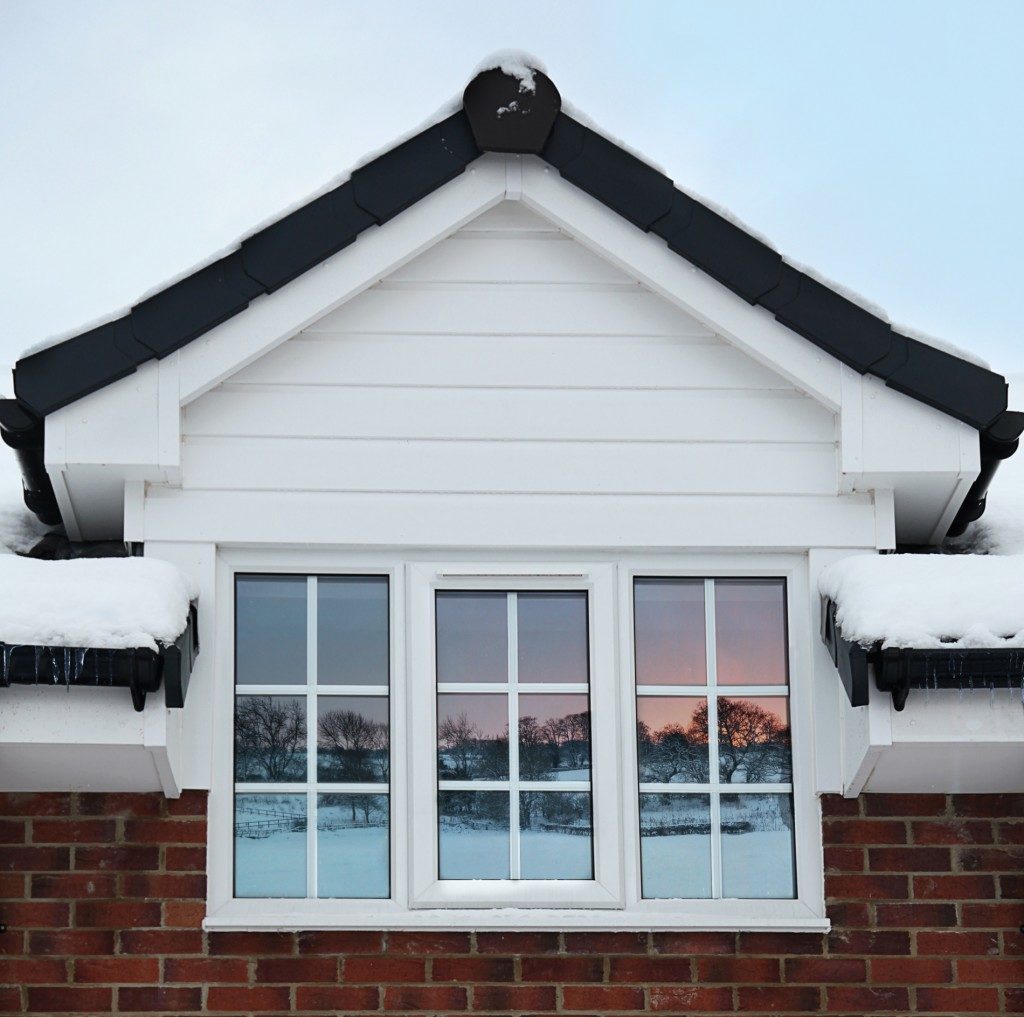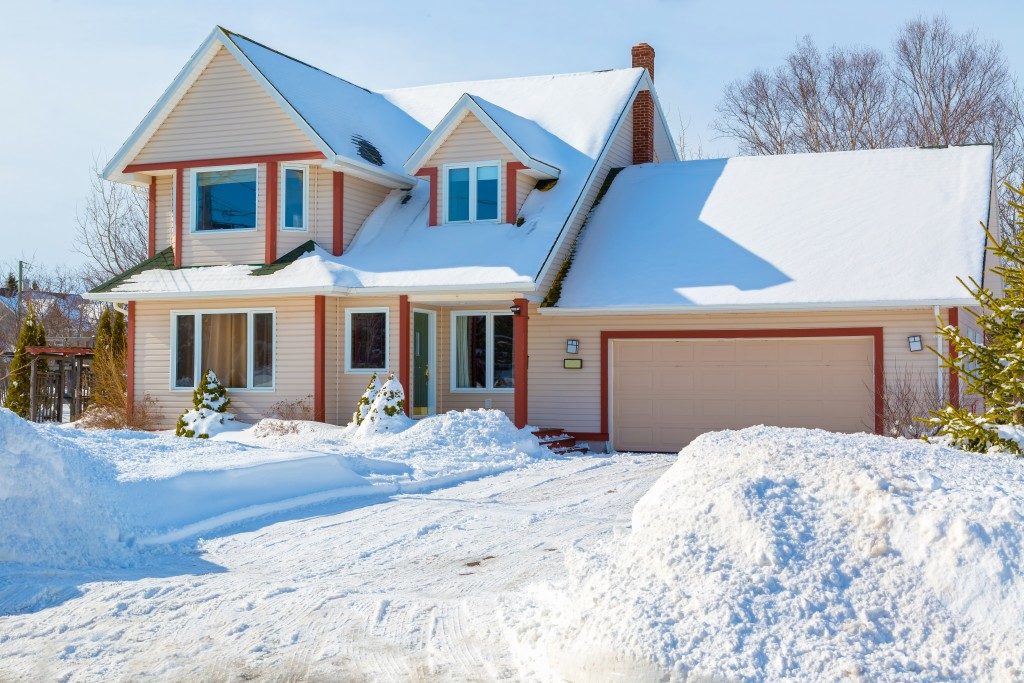Ontario is notorious for its sub-zero winters. Some nights the temperature can drop below -30°C, which is dangerous if you’re not properly protected. At times like this, keeping your house warm becomes even more critical.
For those who aren’t used to the winter in Ontario, it can seem daunting at first. But keeping your house in Ontario warm during winter is not that hard. Here are some tips to help you get started:
1. Install a reliable heating system.
The first thing you have to do is to look for a company that provides a reliable system for heating and cooling in Ontario. It’s best to look for a contractor that offers the latest energy-efficient heating and cooling technologies to get the most bang for your buck. It’s also crucial to look for lengthy warranties, somewhere between 7 and 10 years.
If you’re unsure of how much the installation will cost you based on the layout and size of your home, it helps to know that reputable contractors usually offer free estimates for installation.
2. Get a programmable thermostat.
If you want to be able to adjust how warm your house will be throughout the day, a programmable thermostat is a good option. It lets you lower the setting when no one’s at home so you can save money. You can also monitor the indoor temperature of your home online using your laptop or smartphone. You can also program it so that it increases the heat as everyone goes home. According to Bruce Young, an Icynene product expert, doing this can give you a 10% drop in your heating cost.
3. Make your radiator more efficient with a foil.
Some homes have radiators attached to an external wall. What most people don’t realize is some of the heat escapes through the wall. To prevent this, put an aluminum foil behind the radiator. It will help reflect the heat back into the room.
4. Insulate your attic.

According to Mike Holmes, an expert on home inspections, if you can’t keep your house warm no matter what you try, the problem might be in the attic. Most homes don’t have ways to stop the heat from their home to escape freely into the attic. When the cold air from outside meets the heat, you can experience ice damming and icicles on your roof after a snowfall.
There are various options for insulating an attic. Mike suggests getting an insulating material with a minimum R-Value of 60. This material will help keep the house warm in the winter but cool during the summer. You can try batt insulation, foam board insulation, blown-in insulation, spray foam insulation, among others.
In the end, finding the most efficient way to keep your home in Ontario warm during winter will not only help your family stay healthy but also reduce your energy expenses as well. Most homeowners start by looking for a reputable contractor who can give expert advice on the best heating and cooling system for a house.

